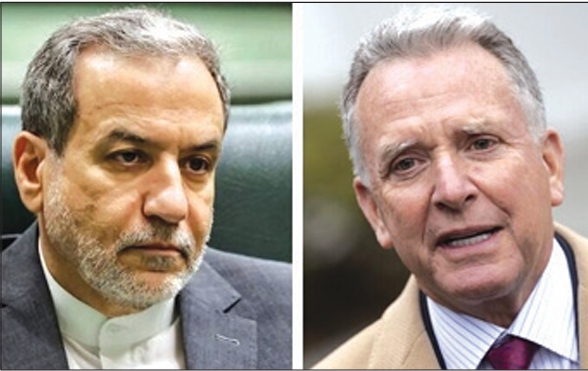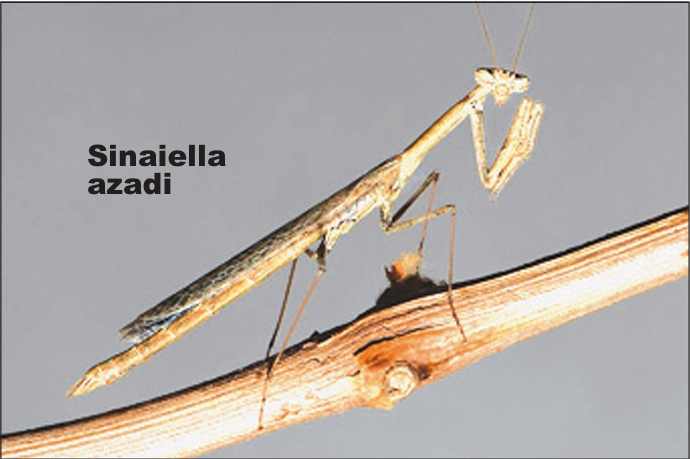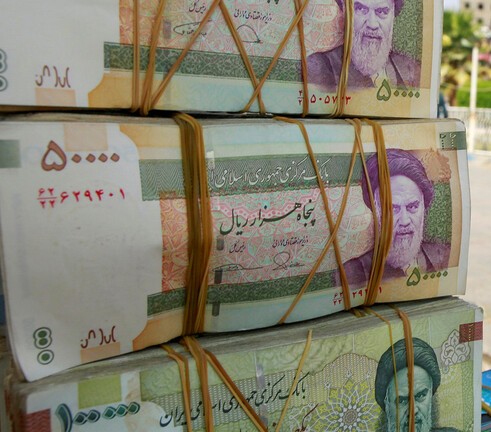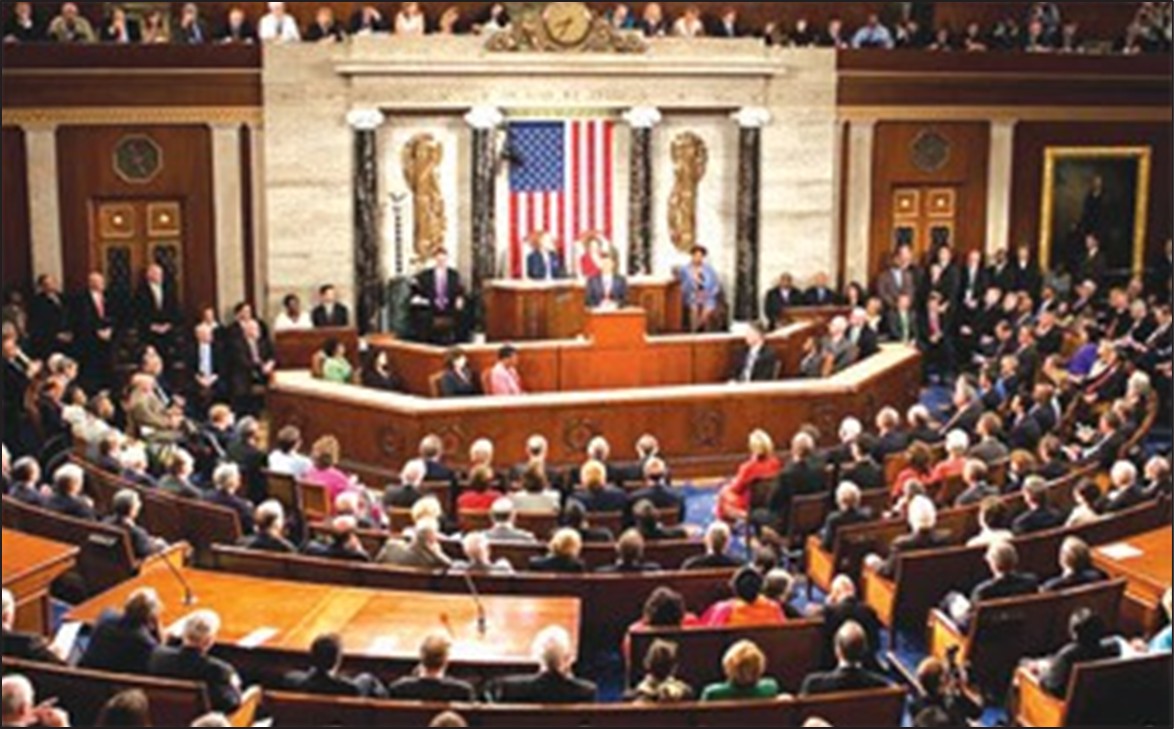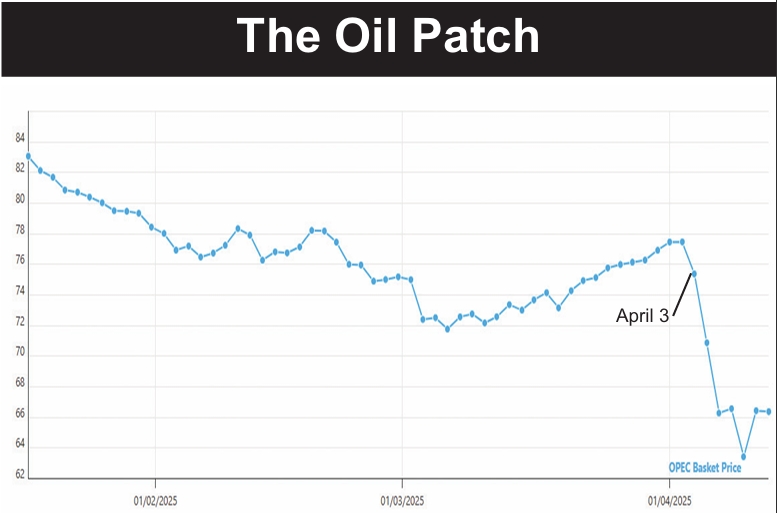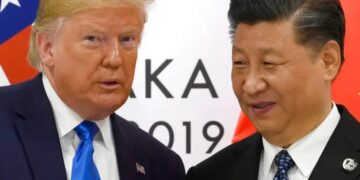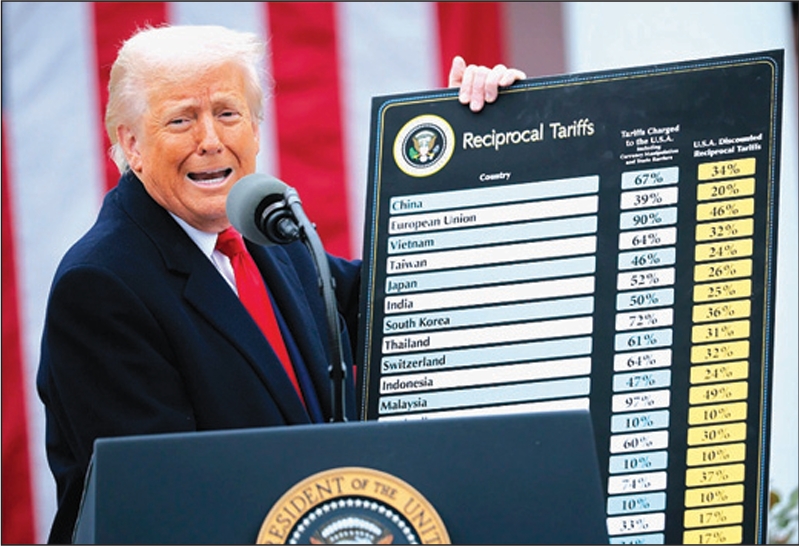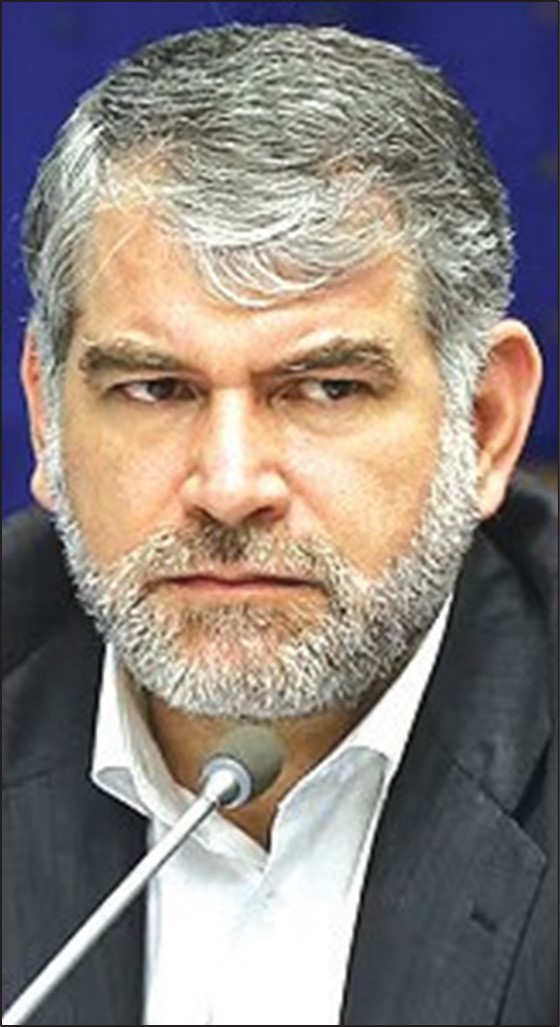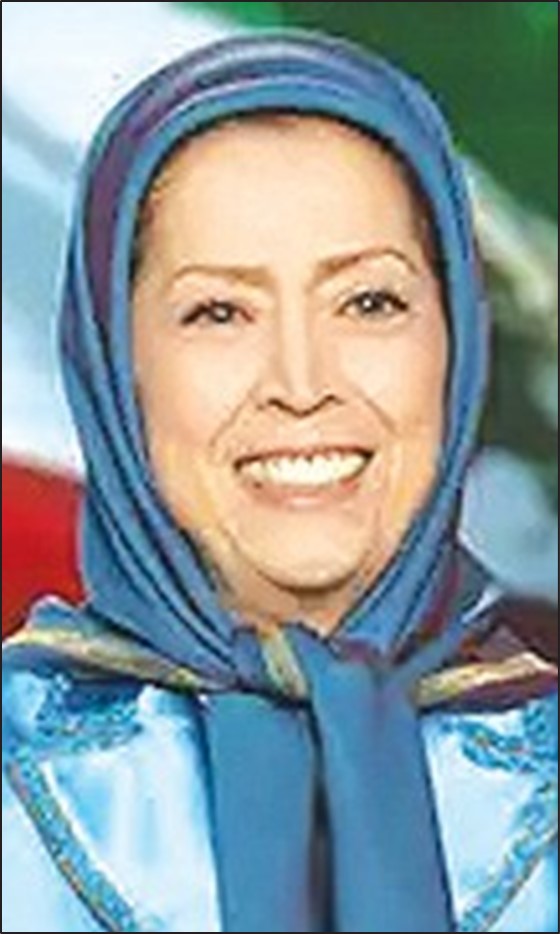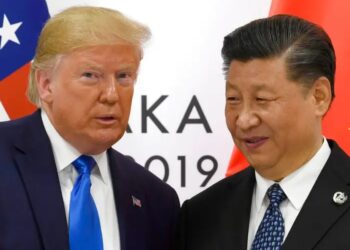OPEC has surprised everyone, perhaps even its own members, by deciding to add more crude to an already well-supplied market; over the next five trading days, the price of an OPEC barrel fell by almost $14 or 18 percent.
OPEC acted April 3, the same day President Trump stunned the world with his tariff war. Analysts generally saw the OPEC action as inexplicable and likely indicating the group is struggling to keep its own house in order.
The 12 members of the Organization of the Petroleum Exporting Countries (OPEC) and its 10 partners, including Russia, a combination known as OPEC+, held a video conference that was widely expected to be a benign event for markets. Instead, the combined group caught the market off guard by announcing they would accelerate their planned unwinding of years-long output cuts.
OPEC+ said it decided to produce 411,000 additional barrels per day in May, the equivalent of three months of hikes under the previous plans, reflected “continuing healthy market fun damentals and the positive market outlook.”
The Reuters news agency said the reasoning and timing “appear almost laughable,” given that Trump’s tariff announcement stoked concerns about a global economic slowdown.
Moreover, the International Energy Agency had forecast that the oil market would be in a supply surplus this year even before these new increases.
So, what might account for this bewildering OPEC+ decision?
Reuters said: “In two words, internal politics. More precisely, how to deal with members’ persistent lack of compliance with production quotas. And even more specifically, Kazakhstan’s lack of compliance.”
The 22-nation OPEC+ group has been somewhat effective in managing global supplies and oil prices in recent years. But lack of adherence to the group’s production quotas has become a growing issue as members—including Kazakhstan, the United Arab Emirates and Iraq—have ramped up production in violation of these limits.
The group’s de facto leader, Saudi Arabia, which has implemented the deepest supply cuts, must have been particularly irritated to hear that Kazakhstan’s crude output reached 1.88 mil lion bpd, according to Reuters, far, far exceeding its OPEC+ output quota of 1.468 million bpd.
Russia may also not be too pleased with the Central Asian country. Russian authorities recently closed two of the three moorings at the Black Sea port of Novorossisk, through which Kazakhstan exports the vast majority of its crude to global markets. It is not unthinkable that Kazakhstan’s growing exports were a key driver behind this action.
The output increases will be welcomed in Washington, as the Trump Administration has been calling for lower oil prices. And the availability of more oil could soften the blow from any height ened enforcement of US sanctions on Iran, which would lower global supplies. If so, the OPEC change in quotas will not make Iran happy. In fact, it will likely infuriate Tehran.
Because of US sanctions on Iran, Iran is now exempted from OPEC production quotas.
Reuters said, “Ultimately, the decision to pump more crude oil into an over-supplied market facing massive downside risk was clearly not driven by rational economics. Instead, it likely stemmed from a desire to mask members’ lack of discipline and to show the world that OPEC+ is still in control.”
But with Kazakhstan and others blatantly ignoring their commitments, this episode only highlights how much the group is struggling to maintain control of its narrative.



